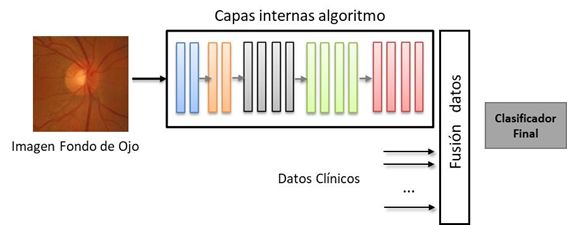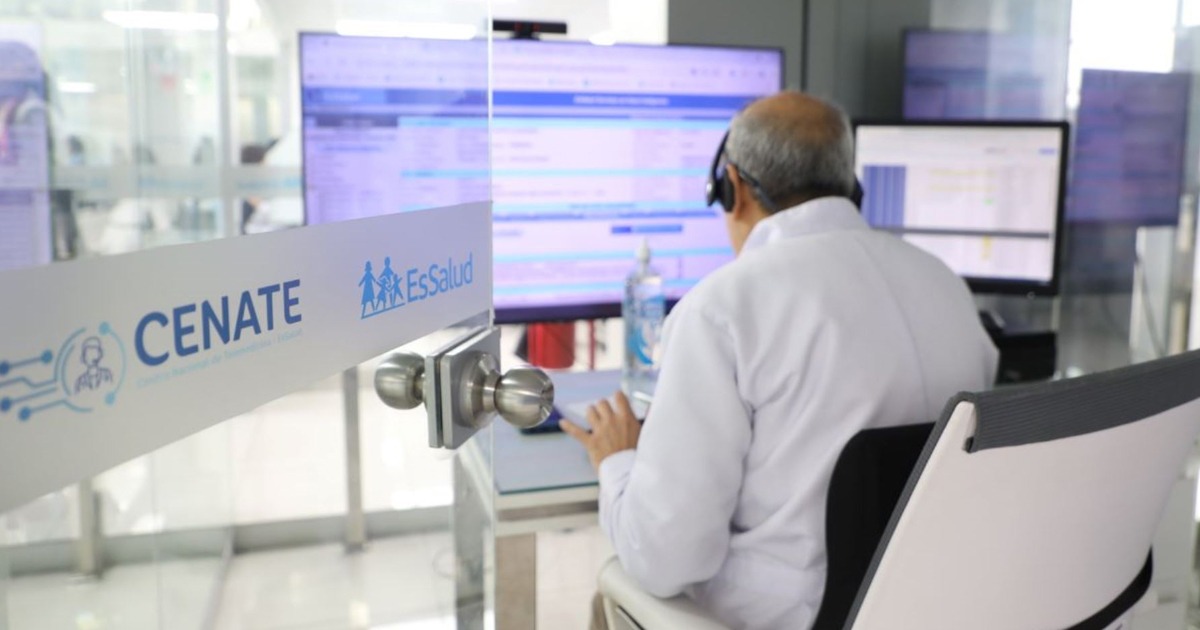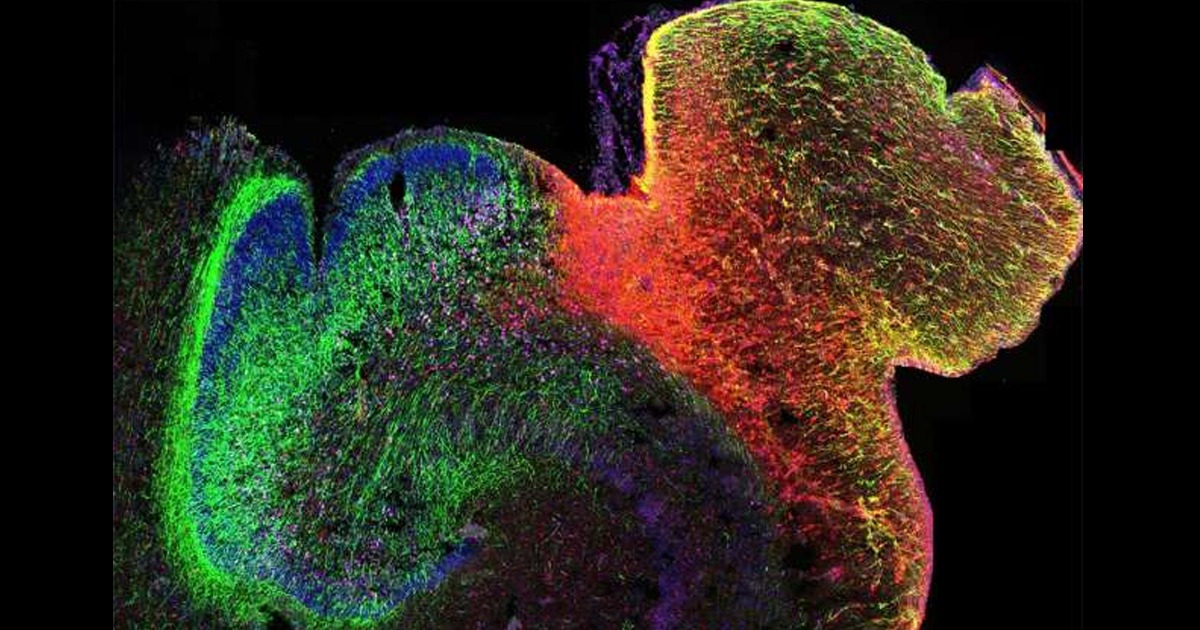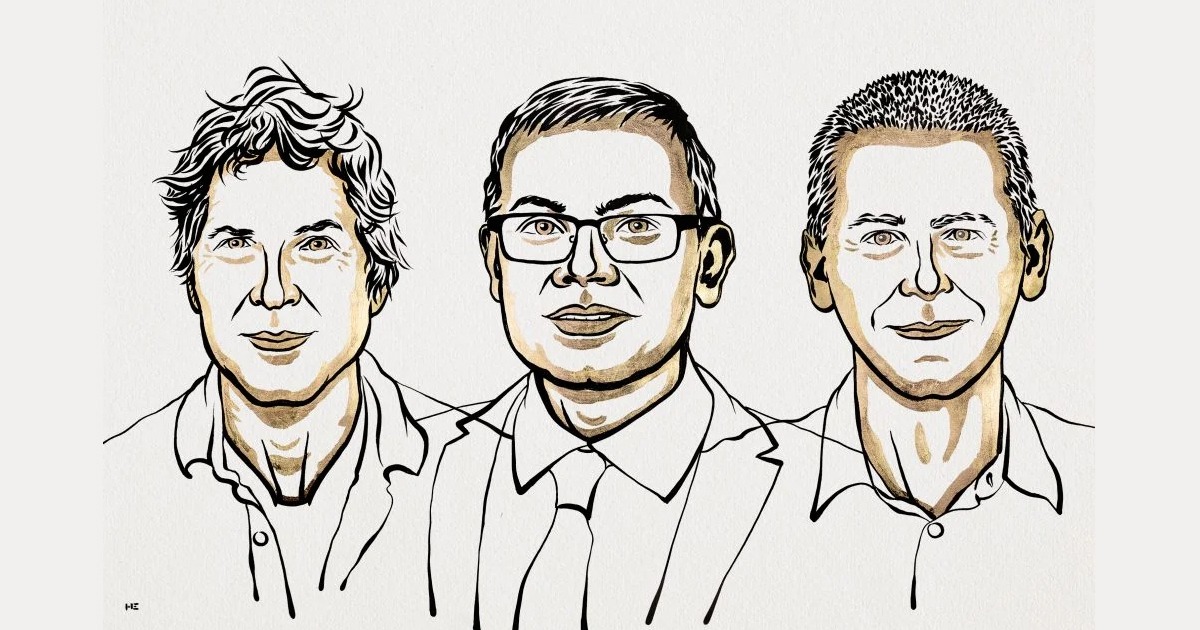Researchers from the Polytechnic University of Madrid developed an algorithm for automatic detection of glaucoma signs.
Due to a collaboration between Biomedical Imaging Technologies (BIT) of the Polytechnic University of Madrid (UPM) and Parque Salud Mar of Barcelona, an algorithm able to detect glaucoma in patients has been developed.
The algorithm is AI-based and is programmed to make glaucoma detection immediately from retinography. The early detection of glaucoma can prevent future complications, such as vision loss.
María Jesus Ledesma, UPM researcher, says that “until now, the machine learning algorithms used for glaucoma were based on the identification of optical disc parameters and measurement ratios, that would allow to train the method before being applied”.
On the other hand, the researcher, and biomedical imaging expert, detailed that these types of expensive and long processes have been replaced by new algorithm-based techniques that allow machine learning in programs and increase their accuracy.
In this way, BIT researchers have proposed this approach to perform automatic glaucoma classifications through images of fundus examinations.

For the initial stage of the project, a telemedicine tool was implemented by the UPM group, which allowed 15 professionals to introduce and evaluate ophthalmic tests of more than 1000 patients that participated in a glaucoma prevention and detection campaign.
On the second stage, comparisons between the algorithms were made to select the most suitable for the automatic glaucoma classification and subsequently the research group, Diagnostic Image Analysis Group, determined that the use of the technology allows to detect glaucoma by achieving sensitivity and specificity ratios in 90% of cases.
Finally, on an additional line of research, UPM researchers, tested a study about the contribution that has in the final classification the incorporation of additional clinical data of patients. In this way, by combining clinical data and fundus examinations, an improvement in the sensitivity and specificity of the classification can happen.





